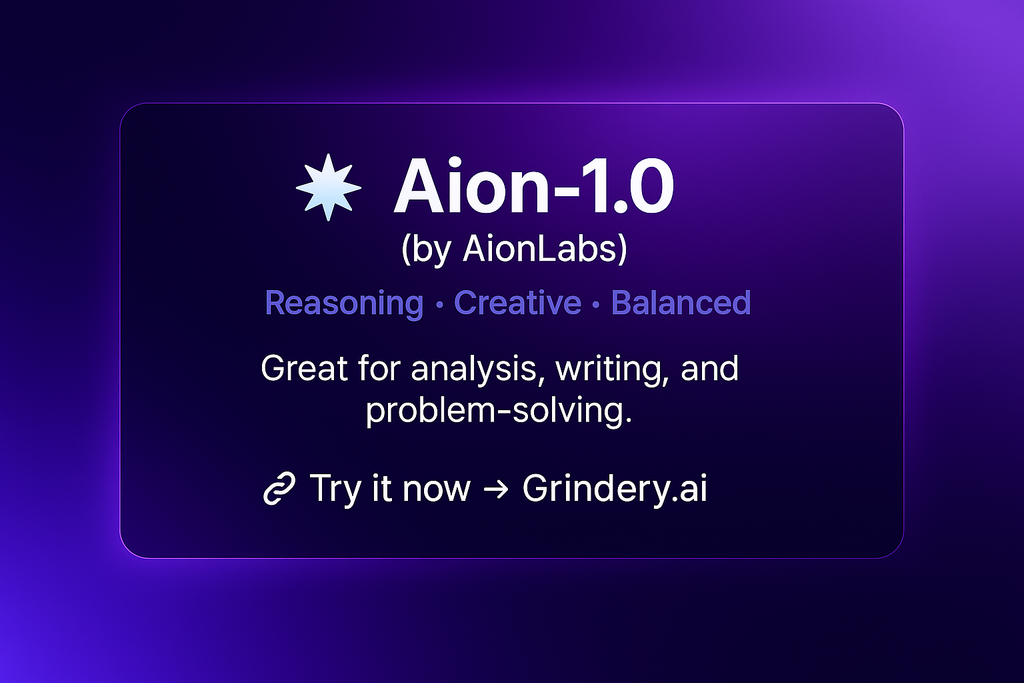
Techniques and jargon covered:
- Imperfect Prompts for Superb Prompts
- Persistent Context or Custom Instructions for Prompt Priming
- Multi-Personas in Generative AI via Shrewd Prompting
- Using Prompts to Invoke Chain-of-Thought Reasoning
- Use of Prompt Engineering for Domain Savviness via In-Model Learning and Vector Databases
- Use of Chain-of-Thought by Leveraging Factored Decomposition
- Use of Macros and the Astute Use of End-Goal Planning When Using Generative AI
1. Practical Use of Imperfect Prompts for Superb Prompts
This approach involves using imperfect or suboptimal prompts to iteratively refine and create more effective prompts. By analyzing the shortcomings of initial prompts, one can identify areas for improvement and devise superb prompts that generate more accurate and contextually relevant responses.
Tutorial:
- Start with an imperfect prompt.
- Analyze the generated response to identify shortcomings.
- Refine the prompt by addressing the identified issues.
- Repeat steps 2-3 until the desired response is achieved.
- Document the final prompt for future use.
Example:
- Start with an imperfect prompt: "Tell me about Mars."
- Analyze the response, identify shortcomings (e.g., lack of focus on colonization).
- Refine the prompt: "Explain the process of building a colony on Mars."
- Repeat until the desired response is achieved.
Relevant Articles:
YouTube Video:
2. Use of Persistent Context or Custom Instructions for Prompt Priming
Persistent context or custom instructions for prompt priming involves providing continuous context or specific instructions to guide the AI model's responses. This ensures that the generated content aligns with the desired theme or guidelines.
Tutorial:
- Define the persistent context or custom instructions.
- Incorporate the context or instructions into the prompt.
- Generate the response and evaluate its alignment with the context or instructions.
- Adjust the context or instructions as needed for better alignment.
- Repeat steps 3-4 until satisfied with the response.
Example:
- Define the context: "Building a Colony on Mars."
- Incorporate the context into the prompt: "Considering the context of building a colony on Mars, what materials would be needed?"
- Evaluate and refine as needed.
Relevant Articles:
YouTube Video:
3. Leveraging Multi-Personas in Generative AI via Shrewd Prompting
Multi-personas in generative AI involve creating distinct character profiles or personas that the AI can assume. By leveraging these personas, the AI can generate responses that align with specific characteristics, tones, or styles.
Tutorial:
- Define the personas you want the AI to assume.
- Craft prompts that instruct the AI to respond as one of the personas.
- Generate responses and evaluate how well they align with the chosen persona.
- Refine the prompts or personas as needed to achieve the desired alignment.
- Repeat steps 3-4 until satisfied with the response.
Example:
- Define a persona: "Mars Colonization Expert."
- Craft a prompt: "As a Mars Colonization Expert, describe the challenges of building a colony on Mars."
- Evaluate and refine as needed.
Relevant Articles:
YouTube Video:
4. Advent of Using Prompts to Invoke Chain-of-Thought Reasoning
This approach involves crafting prompts that guide the AI through a logical chain of reasoning. By structuring the prompt to follow a logical sequence, the AI can generate responses that demonstrate complex reasoning and problem-solving.
Tutorial:
- Identify the logical sequence or reasoning process you want the AI to follow.
- Craft a prompt that guides the AI through this sequence.
- Generate a response and evaluate its adherence to the logical sequence.
- Refine the prompt as needed to improve the logical flow.
- Repeat steps 3-4 until satisfied with the response.
Example:
- Identify logical sequence: "Site selection → Material gathering → Construction → Life support."
- Craft a prompt: "Explain the step-by-step process of building a colony on Mars, starting with site selection and ending with life support systems."
- Evaluate and refine as needed.
Relevant Articles:
YouTube Video:
5. Use of Prompt Engineering for Domain Savviness via In-Model Learning and Vector Databases
This approach focuses on using prompt engineering to achieve domain-specific expertise. By leveraging in-model learning and vector databases, the AI can generate responses that demonstrate deep knowledge and understanding of a specific domain or field.
Tutorial:
- Identify the domain or field of expertise you want the AI to demonstrate.
- Craft prompts that guide the AI to access relevant in-model knowledge and vector databases.
- Generate responses and evaluate their domain-specific accuracy and relevance.
- Refine the prompts as needed to improve domain savviness.
- Repeat steps 3-4 until satisfied with the response.
Example:
- Identify domain: "Space Engineering."
- Craft a prompt: "Using space engineering principles, outline the construction methods for building a colony on Mars."
- Evaluate and refine as needed.
Relevant Articles:
YouTube Video:
6. Augmenting the Use of Chain-of-Thought by Leveraging Factored Decomposition
Augmenting chain-of-thought reasoning with factored decomposition involves breaking down complex reasoning processes into smaller, manageable parts. By structuring the prompt to guide the AI through these parts, the AI can generate responses that demonstrate intricate reasoning.
Tutorial:
- Identify the complex reasoning process you want the AI to follow.
- Break down the process into smaller, manageable parts (factored decomposition).
- Craft prompts that guide the AI through these parts in a logical sequence.
- Generate responses and evaluate their adherence to the factored decomposition.
- Refine the prompts as needed to improve the reasoning flow.
- Repeat steps 4-5 until satisfied with the response.
Example:
- Identify complex reasoning: "Sustainability of a Mars colony."
- Break down into parts: "Energy sources → Water recycling → Food production."
- Craft prompts: "Describe the energy sources for a sustainable Mars colony. Next, explain water recycling methods, followed by food production techniques."
- Evaluate and refine as needed.
Relevant Articles:
⠀YouTube Videos:
7. Additional Coverage Including the Use of Macros and the Astute Use of End-Goal Planning When Using Generative AI
This approach emphasizes the use of macros and end-goal planning in generative AI. Macros are predefined sequences that can be reused, and end-goal planning involves defining the desired outcome before crafting the prompt. Together, they allow for more efficient and targeted prompt engineering.
Tutorial:
- Identify the end goal or desired outcome of the prompt.
- Define macros that align with common themes or structures you want to reuse.
- Craft the prompt, incorporating the macros and aligning with the end goal.
- Generate the response and evaluate its alignment with the end goal and macros.
- Refine the prompt, macros, or end goal as needed to achieve the desired response.
- Repeat steps 4-5 until satisfied with the response.
Example:
- Identify end goal: "Comprehensive plan for a Mars colony."
- Define macros: "MARS_COLONY_PLAN."
- Craft prompt: "Using the MARS_COLONY_PLAN macro, detail the phases of building a colony on Mars, including site selection, construction, and sustainability."
- Evaluate and refine as needed.
⠀Relevant Articles:
⠀YouTube Video:
Source in ChatGPT


